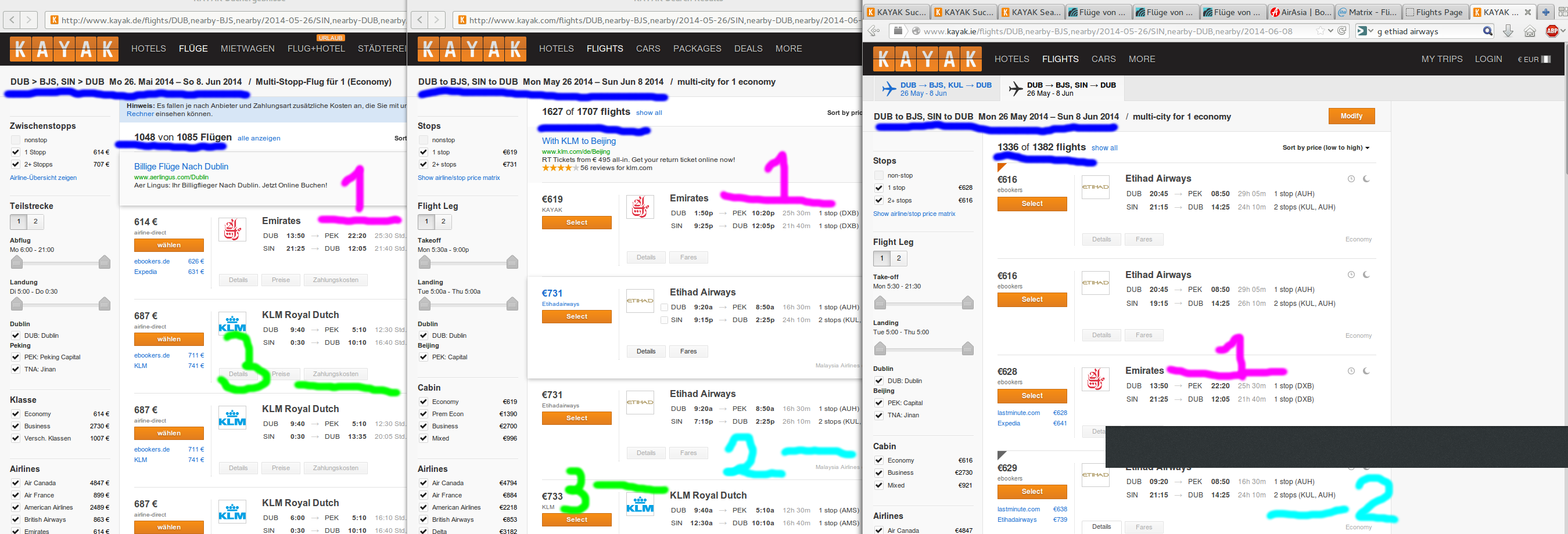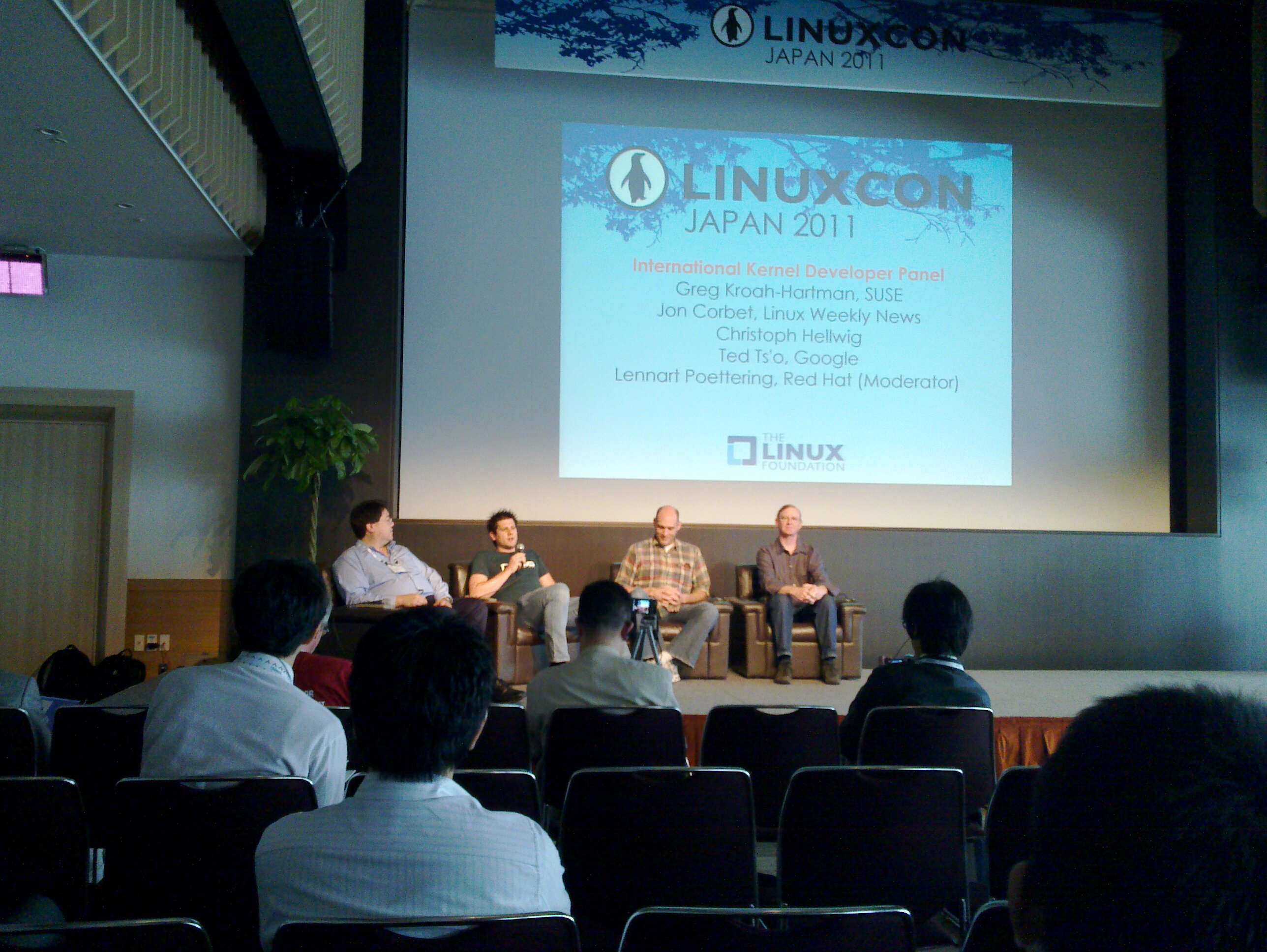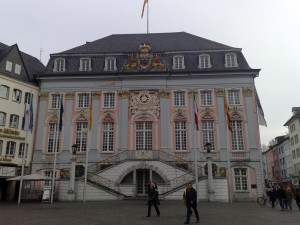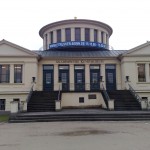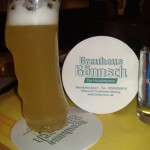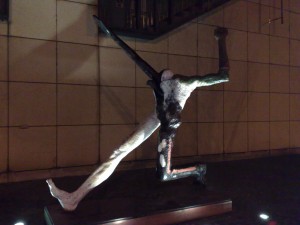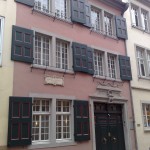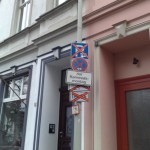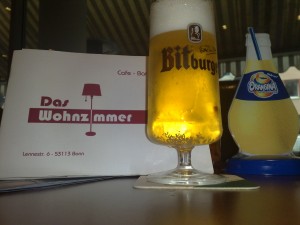In the past I showed you some interesting tricks to get cheaper travel fares. In a similar vein, I’d like to explore different train corridors with you.
Let’s consider a hypothetical route from Bremen to Jena. That’s from the north of Germany to somewhere in the middle east. The “normal price” of such a ticket is anything between 85 and 137 EUR.

“Why the difference?” you may ask. Good question. By looking at the details of the connections we can see that the transfer stations differ. The first connection goes north through Hamburg.

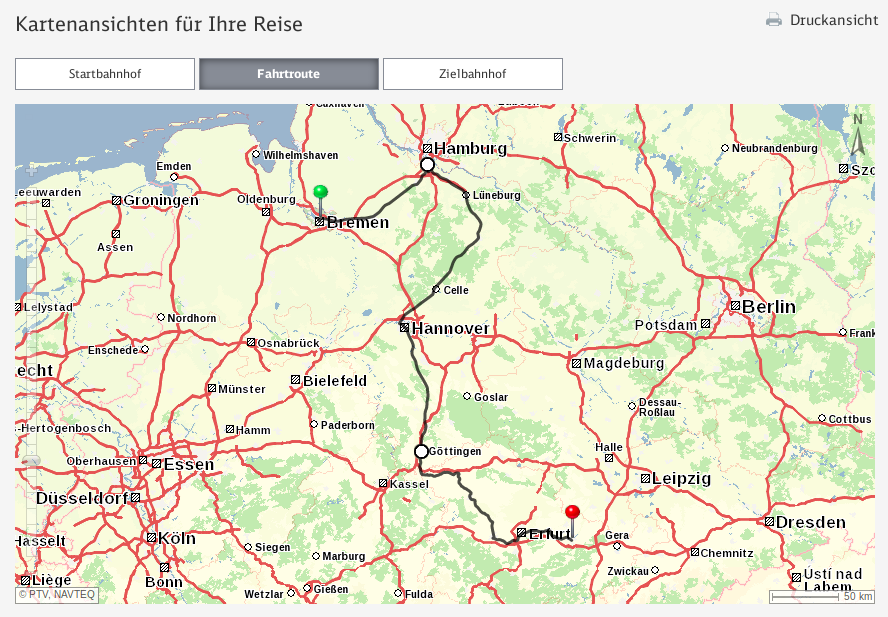
The second connection seems smarter, going south through Hannover but then plowing through the east.
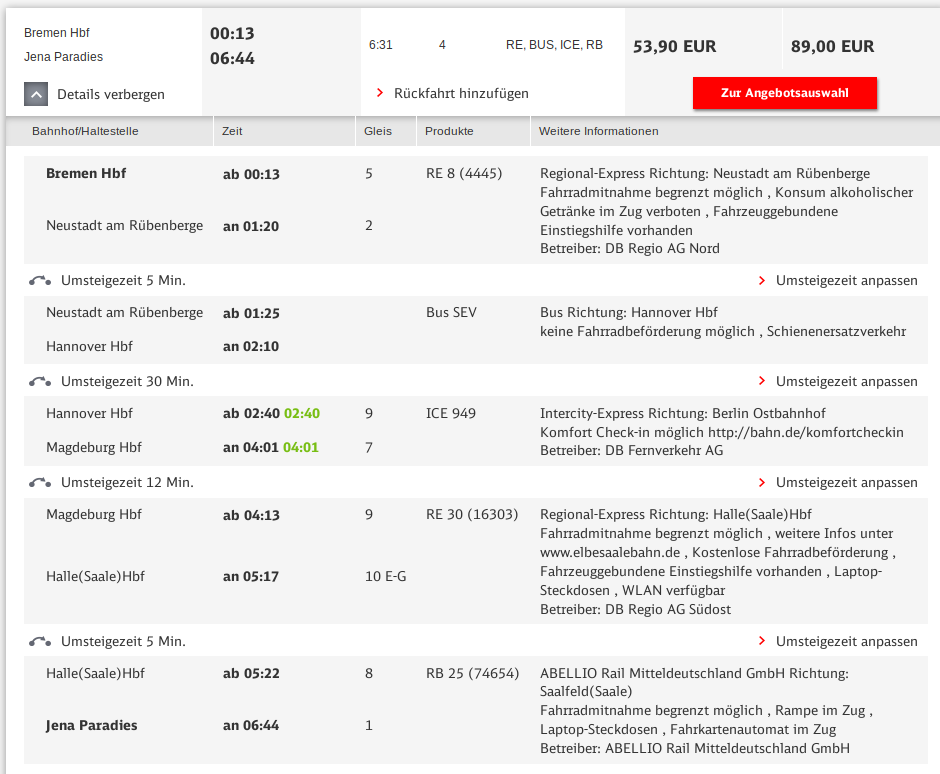

The last connection is arguably the most natural one: Going to Goettingen and then with a local train to Jena.
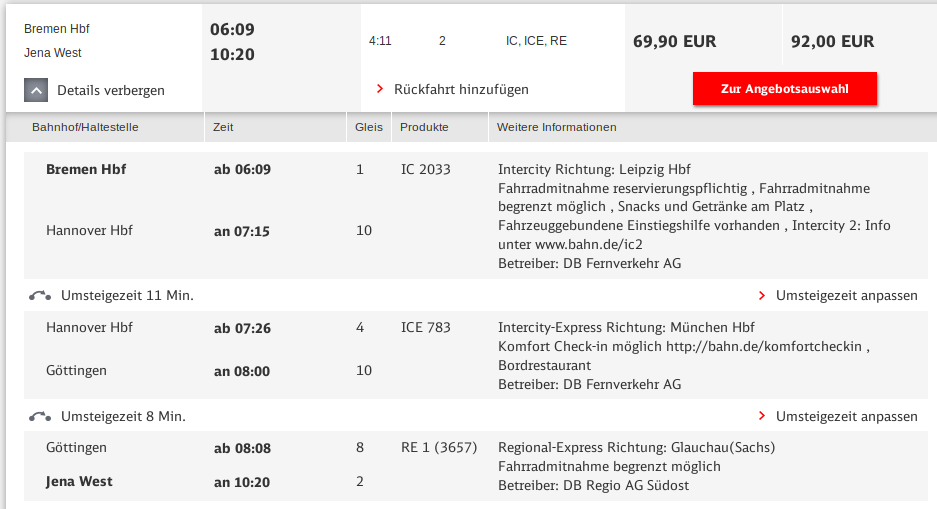
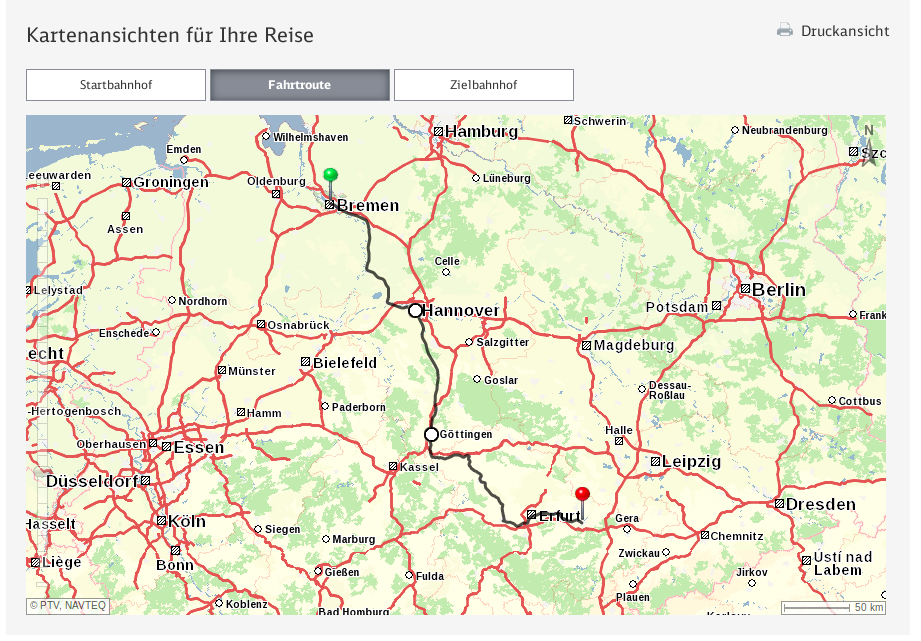
More combinations exist. For example, going through Hamburg, then via the east route to Erfurt and then to Jena. That is probably also the most expensive route.
We can see those lines on the official map of long distance train lines.

If you are looking for cheap train tickets you should ask the “Sparpreisfinder” (or “cheap fare finder”). If we provide that with our intended journey a few days in advance, it finds tickets as cheap as 29.90 EUR. That’s already quite good. It’s not a shame to stop here and buy that ticket. After all, the Sparpreisfinder is advertised as finding the cheapest ticket, so it can’t get any better, can it?
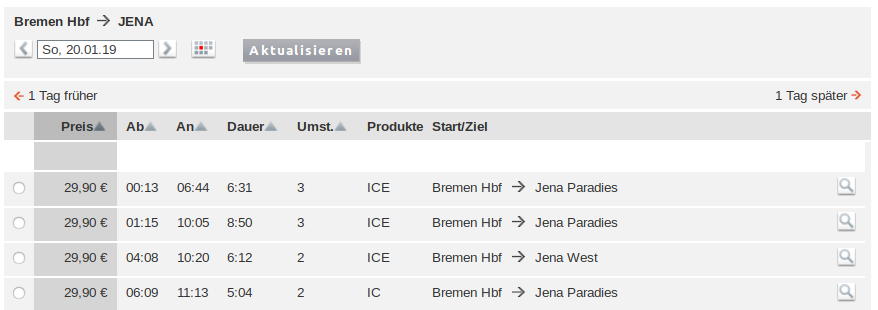
Notice how our connections so far have made use of local trains. According to the map we can take long distance trains only via another corridor. More specifically: through Leipzig. It’s a longer route but may be cheaper due to the complicated pricing model and convoluted stack of stakeholders associated with the various trains and lines being operated. It’s not imperative to know that the Deutsche Bahn has three product categories, but it may help to understand the pricing system a little bit better. Product category “A” is for long distance ICE trains. “B” is for the less comfortable and slower IC trains. Finally, “C” is for local trains.
We can force the search to find connections via that new corridor, Leipzig, and hope to find fewer product categories used:
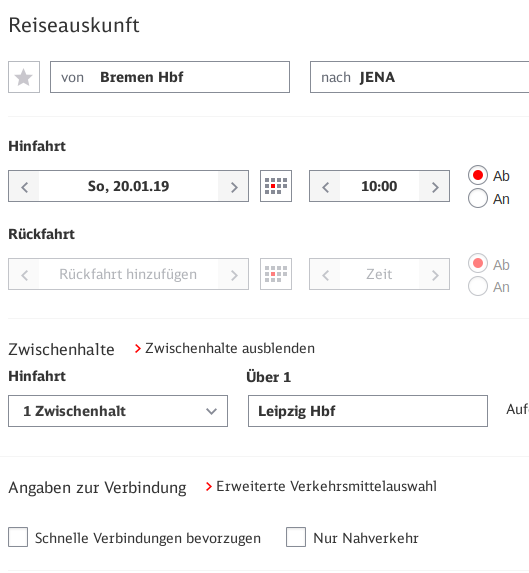
Notice how the both checkboxes in the bottom are not ticked. This is to find longer routes. And indeed, we find an even cheaper connection than the DB’s Sparpreisfinder was willing to give us.

You may say now that using long distance trains only can be achieved more easily by adapting the search to only find those:
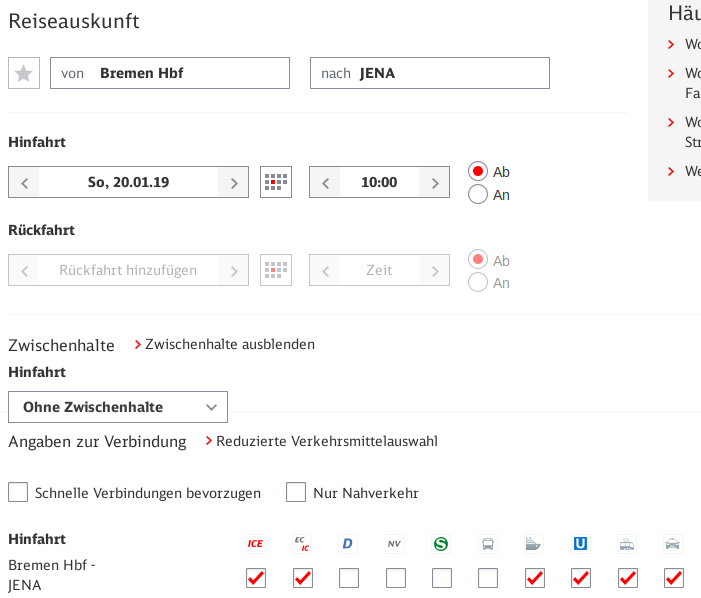
But even then you wouldn’t get that 19.90 ticket:

So lessons learned: Look at the map of train lines to see which connections exists. Check whether your journey can be performed with long distance trains, only. Check your search results for various corridors and notice whether long distance train-only connections exist. If not, force the search to find you a connection through the corridor you have identified.



